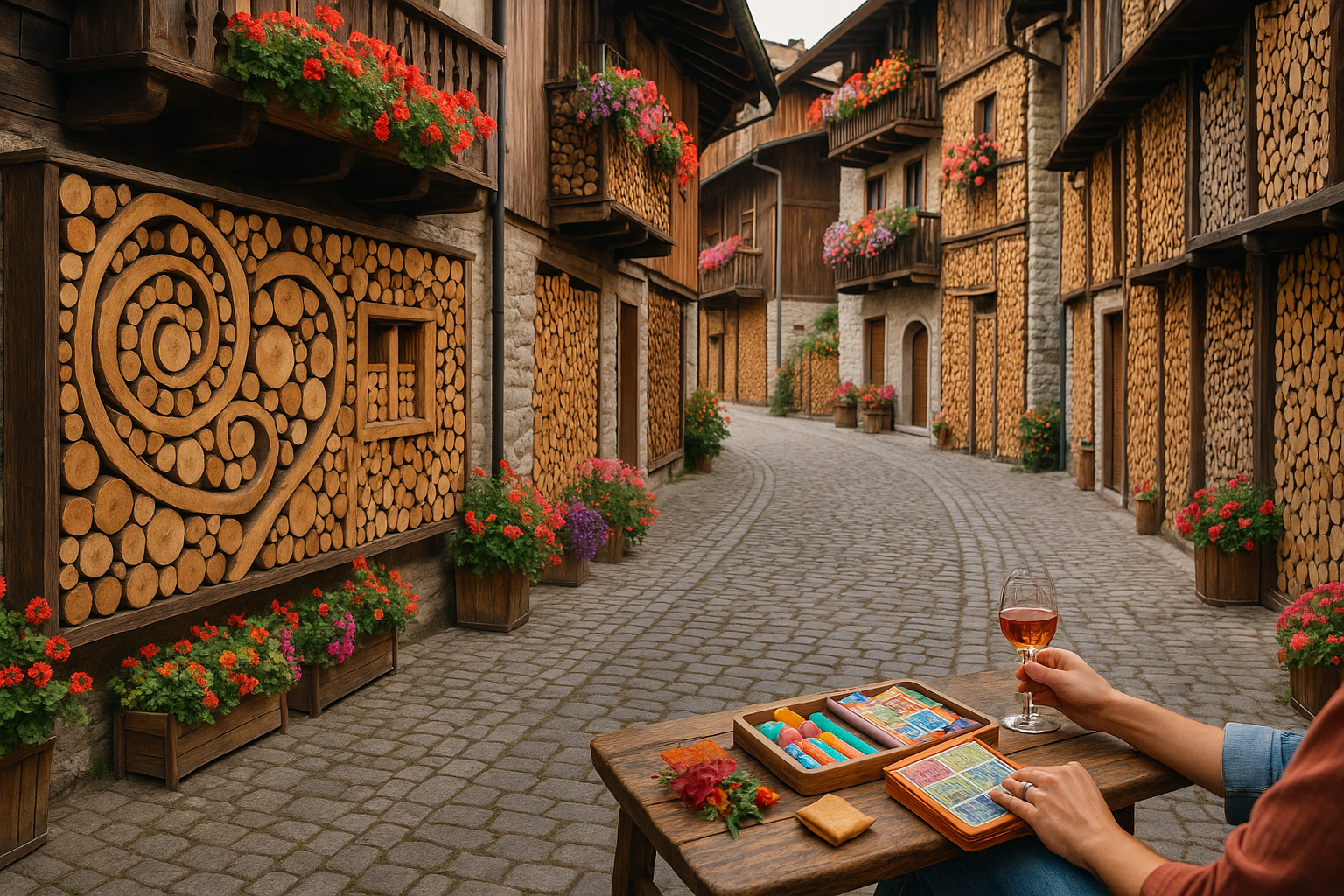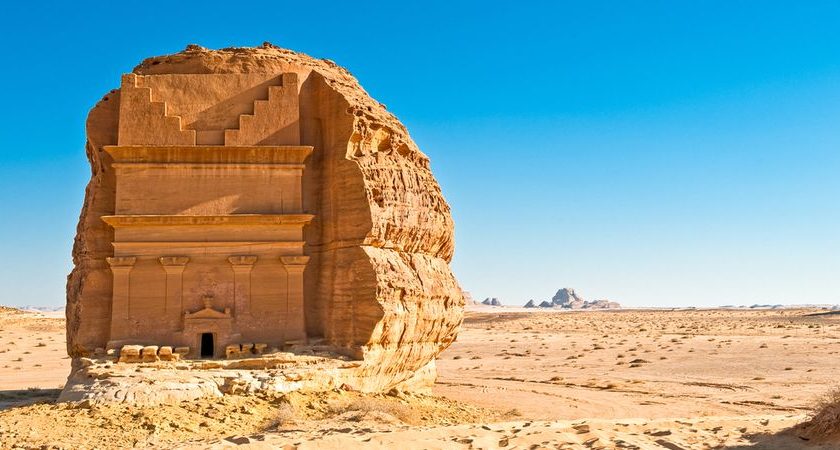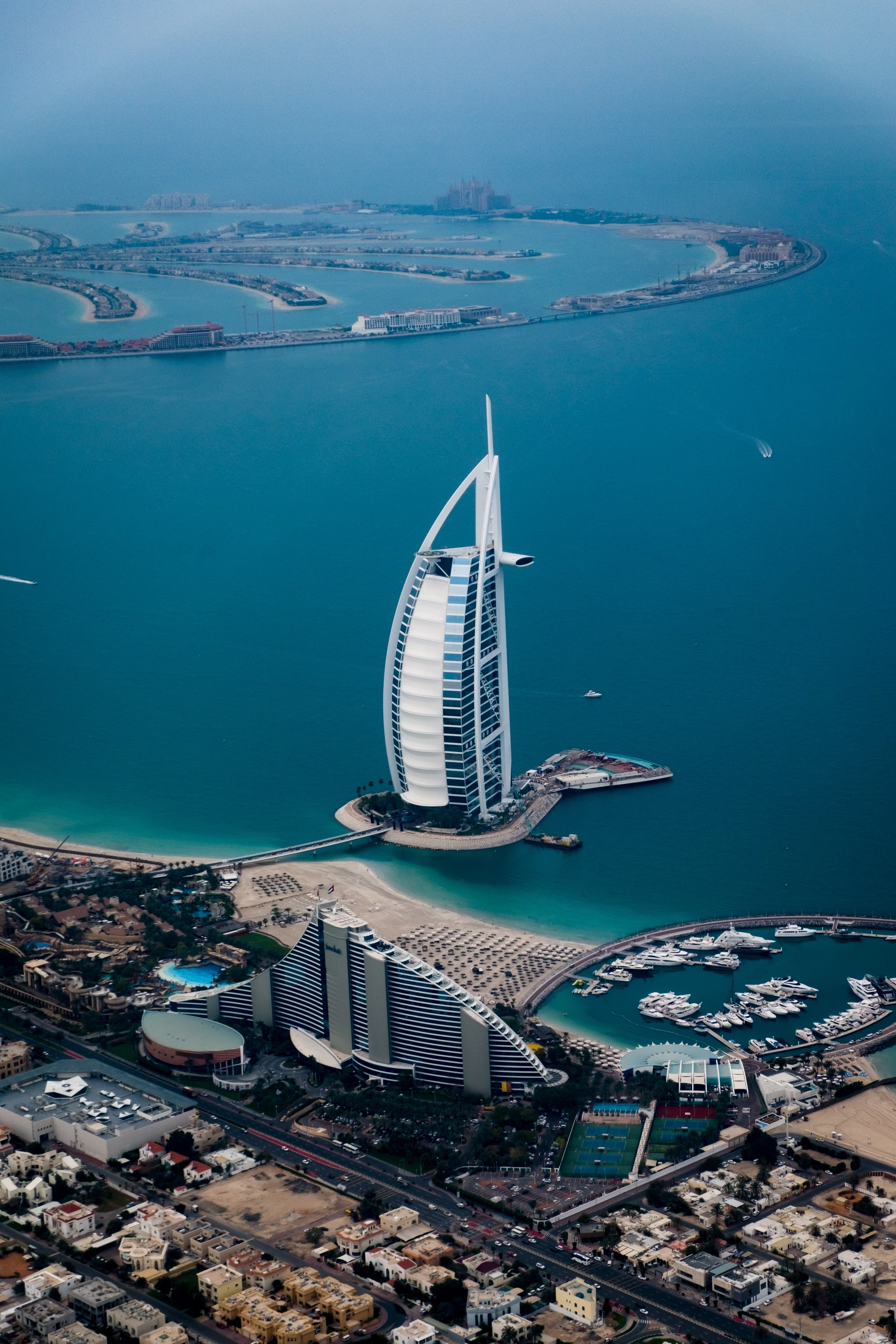There’s something about the Italian Alps that feels like stepping into another time. Picture this: a tiny cluster of stone cottages hugging the side of a wildflower-strewn hill, framed by snow-dusted peaks so dramatic they could steal the show in any movie. Welcome to the world of Italian Alps hidden villages — places that seem untouched by modern chaos, where nature, culture, and community still weave the rhythm of daily life.
Forget the crowded ski resorts and Insta-famous lakes for a minute. If you truly want to experience the heart and soul of the Alps, you have to venture off the beaten path. These hidden villages offer a slower, deeper way to travel — the kind where you greet your neighbor with “Buongiorno,” sip thick hot chocolate by a fireplace, and breathe air so crisp it almost buzzes in your lungs.
Today, let’s journey into this secret alpine world — a world of hand-chiseled woodpiles, fairy-tale bell towers, cobblestone lanes, and traditional food that will warm you from the inside out.
Why the Italian Alps Hidden Villages Are a Dream Come True
If you ask locals, they’ll tell you the mountains were once a shield — keeping invaders and time itself at bay. It’s why, even today, you’ll find valleys where ancient languages like Ladin and Mòcheno are still whispered, where recipes date back centuries, and where life is built around traditions, festivals, and the harvest cycle.
These villages are the Italy you rarely see in guidebooks — a living, breathing memory of simpler times. They invite you to slow down, taste homemade cheeses you can’t pronounce, hike through storybook meadows, and perhaps most important, reconnect with nature and yourself.
- Undisturbed beauty: Think untouched forests, mirror-like alpine lakes, and meadows bursting with edelweiss.
- Authentic traditions: From woodcarving and cheese-making to ancient village festivals, every corner has a story.
- Epic outdoor adventures: Trails, via ferratas, hidden ski slopes, and cycle routes for all seasons.
- Regional cuisine that hugs your soul: Polenta, venison stews, dumplings, and mountain cheeses like fontina and toma.
- Digital detox heaven: Patchy Wi-Fi might frustrate you at first — then you’ll realize it’s a gift.
So if you’re craving the kind of journey that can’t be measured by Instagram likes, you’re exactly where you need to be.
Hidden Village Stories You Need to Experience
Let’s dive deep into the most enchanting hamlets tucked inside the Italian Alps — places that welcome you like an old friend.
Chamois, Valle d’Aosta feels almost mythical. No cars buzz here. The only way in is by a swingy little cable car from Buisson, or a winding mountain path that tests your calf muscles. When you arrive, the silence is so complete you’ll hear the snow crunch under your boots. Stay at a rustic chalet, breathe in the clean pine-scented air, and spend your mornings strolling past stone barns and tiny chapels. If you visit in winter, the ski slopes are uncrowded and dreamy — like having a private mountain to yourself. Learn more about reaching Chamois through the official Valle d’Aosta tourism site.
Elva, Piedmont lies deep in the hidden folds of the Maira Valley — a place where artists come to breathe in inspiration. Time stands still here. In the tiny 14th-century parish church of Santa Maria Assunta, you’ll find frescoes so vibrant they could have been painted yesterday. Wander narrow cobbled lanes where cats nap in windows, and stop to chat with villagers who seem to know every bird, rock, and stream by name. If you want pure tranquility, Elva delivers it with open arms.
Sauris, Friuli Venezia Giulia offers something deliciously unexpected: a blend of Italian and Germanic cultures hidden away in alpine meadows. The locals speak a unique old German dialect, and the village’s smoked prosciutto — Prosciutto di Sauris — is so famous it’s celebrated with a boisterous festival every July. Wander through crooked wooden houses, sip herbal schnapps at cozy taverns, and hike gentle trails overlooking turquoise lakes. Sauris is a sweet, smoky, musical wonderland. Learn more about their food traditions at Sapore di Sauris.
Ostana, Piedmont once teetered on the brink of abandonment, with fewer than a dozen full-time residents. But today, thanks to passionate newcomers and sustainable tourism efforts, Ostana is a vibrant example of resilience. You’ll find stone houses lovingly restored, eco-lodges offering yoga retreats, and farm-to-table meals that feature chestnut honey, polenta, and locally foraged herbs. Look up — towering above you is Monte Viso, the legendary mountain said to inspire the shape of the Paramount Pictures logo!

Still with me? Good — because the road (and the magic) only gets better from here.
Rango, Trentino welcomes you like an embrace from an old friend. Recognized officially among Italy’s Most Beautiful Villages (Borghi più belli d’Italia), Rango seems frozen in a golden, medieval moment. Its covered passageways, arched stone houses, and tiny squares practically beg you to slow down and savor every cobbled step. Around Christmas, it transforms into a magical winter village, where every courtyard glows with lanterns and the scent of roasted chestnuts fills the air. It’s not just a visit — it’s stepping into a living snow globe.
Brentino Belluno, Veneto is a hidden treasure few outside of hardcore hikers and climbers know about. Its claim to fame? The jaw-dropping Sanctuary of Madonna della Corona — a church literally built into the side of a cliff! Walking up the sacred Pilgrim’s Path is a rite of passage, and once you reach the top, the sweeping views across the Adige Valley will leave you speechless. Afterward, reward yourself with some local Valpolicella wine and hearty mountain fare at a nearby trattoria. For more on this miraculous site, check out Sanctuary of Madonna della Corona.
Mezzano, Trentino is where art and tradition meet in the most charming way possible. Here, wood isn’t just fuel — it’s expression. Locals stack their firewood into elaborate sculptures: a heart, a deer, an abstract swirl of beauty — transforming an everyday necessity into open-air art galleries. Beyond the whimsical woodpiles, Mezzano also boasts ancient stone fountains, poetic wall frescoes, and slow food delicacies like canederli (dumplings) and apple strudel.
Palù del Fersina, Trentino-Alto Adige feels like a portal into another world. Tucked inside the Valley of the Mòcheni, it preserves a rare, ancient Germanic dialect — a living link to its medieval settlers. Visit the Museo Smeri to hear recordings of this fascinating language and learn about the mining traditions that shaped life here centuries ago. Lace up your hiking boots for easy nature walks bursting with alpine flowers, or tackle rugged peaks for dizzying views. Don’t miss the local dishes, rich with mushrooms, smoked meats, and polenta smothered in wild herb butter.
Arnad, Valle d’Aosta is a feast for your eyes — and your stomach. Famous across Italy for Lard d’Arnad (yes, luscious seasoned pork fat!), this tiny town invites you to a sensory journey. You’ll find artisanal shops where lardo is still cured the old way — massaged with herbs, aged for months in stone basins, and best enjoyed on warm crusty bread with mountain honey. Stroll past castles and across Roman bridges, and breathe in the sweet alpine air tinged with the scent of pine and firewood. Learn about their protected food traditions through Slow Food Italy.

San Lorenzo in Banale, Trentino rounds out our tour with an explosion of color. Flower boxes overflow from every balcony, painting the stone facades with bursts of red and pink geraniums. But don’t let the pretty face fool you — this village also holds serious culinary secrets. Try ciuìga, a unique local sausage made from pork and turnips, a tradition saved from extinction by Slow Food preservationists. After a hearty meal, hike to Lake Nembia or simply sit and soak in the mountain majesty.
Travel Tips for Exploring Italian Alps Hidden Villages
Winding mountain roads, limited bus services, and fluctuating weather mean visiting these villages takes a bit of planning — but the rewards? Oh, they’re worth it.
- Best season: Visit from May to October for hiking and flowers; December-February for snow magic.
- Transport tips: Renting a car gives you ultimate freedom to wander, but many villages are reachable by regional trains plus buses. Plan carefully using sites like Trenitalia.
- Pack smart: Always bring layers — it can swing from T-shirt weather to chilly jacket temps in one afternoon.
- Stay small: Choose agriturismos, alpine rifugi (mountain lodges), or cozy bed-and-breakfasts over big hotels for a real local vibe.
- Respect local customs: Greet shopkeepers with a “Buongiorno!”, learn a few polite Italian phrases, and always support local artisans when you can!
One more tip: take your time. These places aren’t meant for fast travel. They’re meant to be savored, step by step, bite by bite, breath by breath.
Catch up on the top stories and travel deals by subscribing to our newsletter!












Leave a Reply